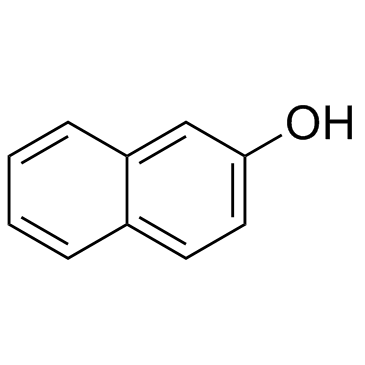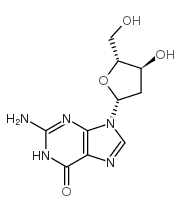| 结构式 | 名称/CAS号 | 全部文献 |
|---|---|---|
 |
2-萘酚
CAS:135-19-3 |
|
 |
2'-脱氧鸟苷一水合物
CAS:312693-72-4 |
| 结构式 | 名称/CAS号 | 全部文献 |
|---|---|---|
 |
2-萘酚
CAS:135-19-3 |
|
 |
2'-脱氧鸟苷一水合物
CAS:312693-72-4 |